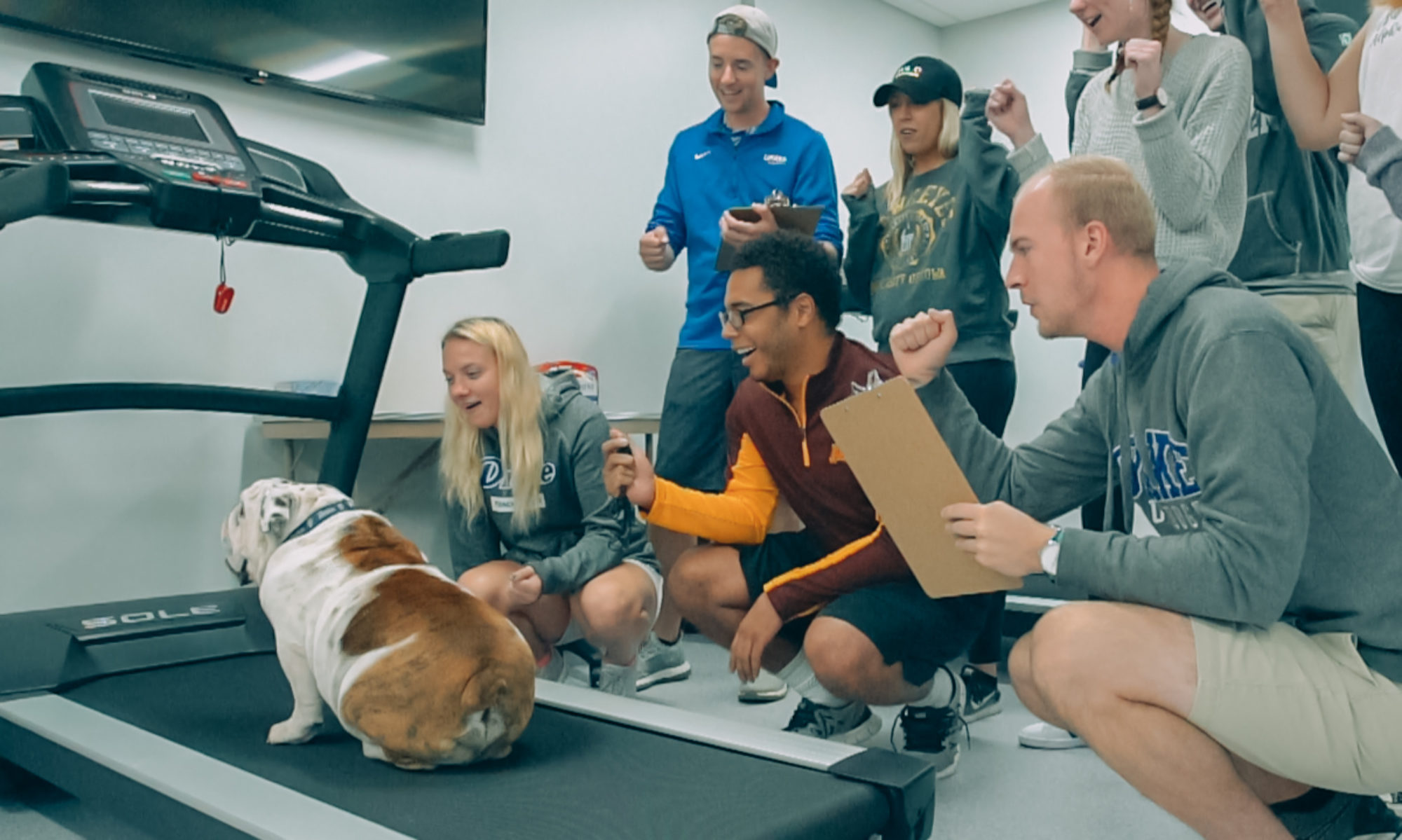Author: Sara Wilson
Overtraining is something that a lot of athletes face and often don’t even know it. Overtraining occurs when you exceed your body’s ability to recover from exercise. Everyone wants to be the best at what they do and today people have mentalities like “no days off” or “no pain no gain”. They think that if they keep working and never stop it will help them with their athletic goals, but they almost always end up pushing themselves too far. That is something I experienced last year running cross country at the junior college level. I tried gradually increasing my mileage and started running every other day and eventually worked up to running 6 days a week. I was in the best shape of my life and was faster than I have ever been. Once the season started, my coaches were excited about my progress over the summer and ready to get the season started. Once we started having meets, we would go weeks without a day off. Having practice all week with a meet on Saturday and then long run-on Sunday and start the process all over again on Monday. My times started to plateau and eventually gradually decreased. I also felt tired even doing things that were easy before. My coaches told me to keep running and work my way backup. Doing this led to a tibial stress fracture which put me out for the rest of the season. I learned that in order to reach your goals rest is just as important as training and when you are feeling tired and regressing it may be time to take a step down.
Continue reading “How Overtraining Affects the Body and How to Overcome It”